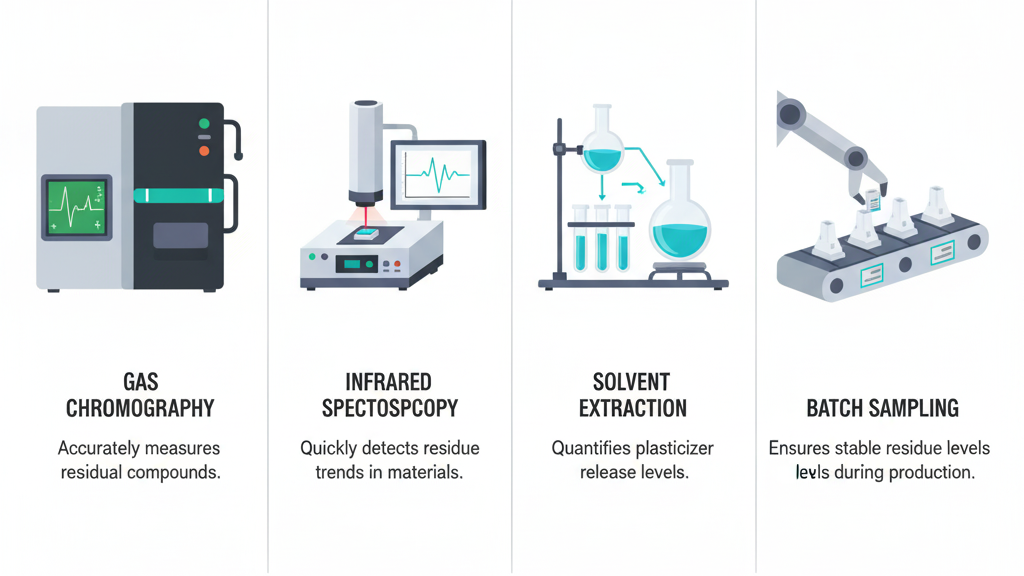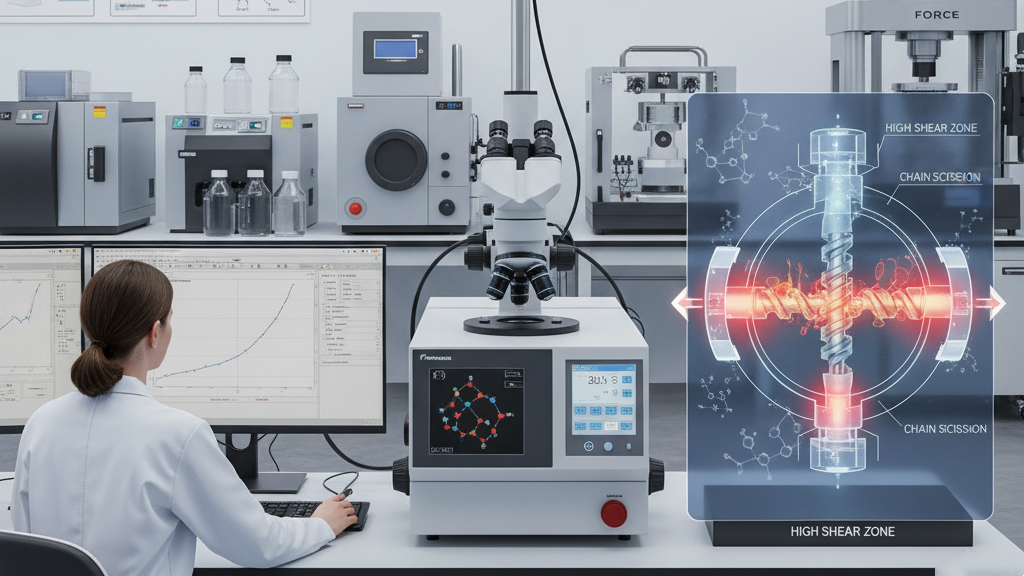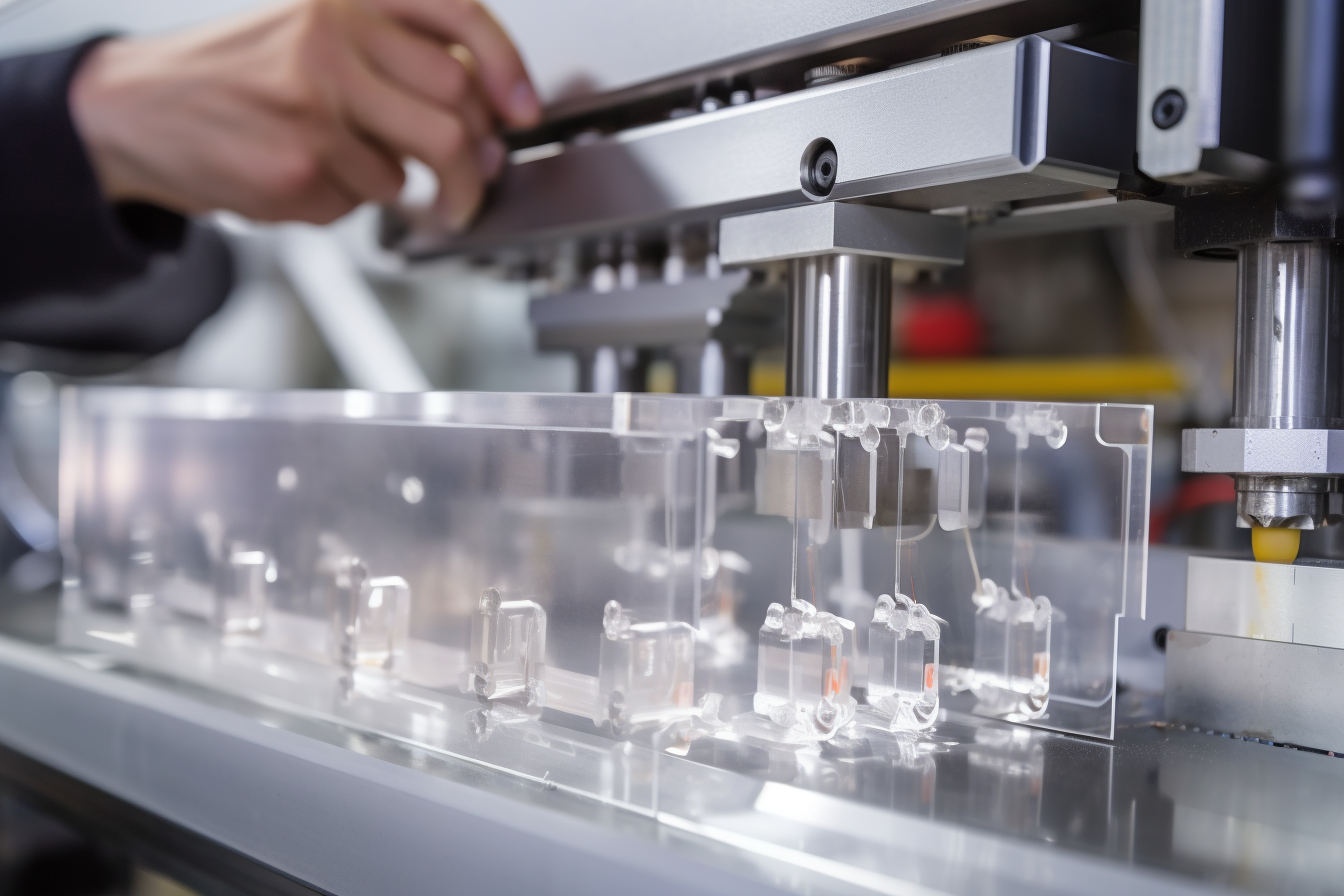
Keeping PMMA (acrylic) parts clear during injection molding is like trying to keep a window spotless during a rainstorm—challenging, but totally doable with the right techniques!
To maintain clarity in PMMA parts during injection molding, focus on controlling processing temperatures, minimizing moisture, and using high-quality materials. This approach helps reduce defects like cloudiness or surface blemishes.
Let’s break it down and explore how to achieve those crystal-clear results!
What causes cloudiness in PMMA parts?
When I first started working with PMMA, I was surprised at how easily it could become cloudy. It was like a foggy day that just wouldn’t lift!
Cloudiness in PMMA parts typically occurs due to poor processing conditions, moisture contamination, or using low-quality materials. These factors can lead to a lack of clarity and aesthetic appeal in the final product.
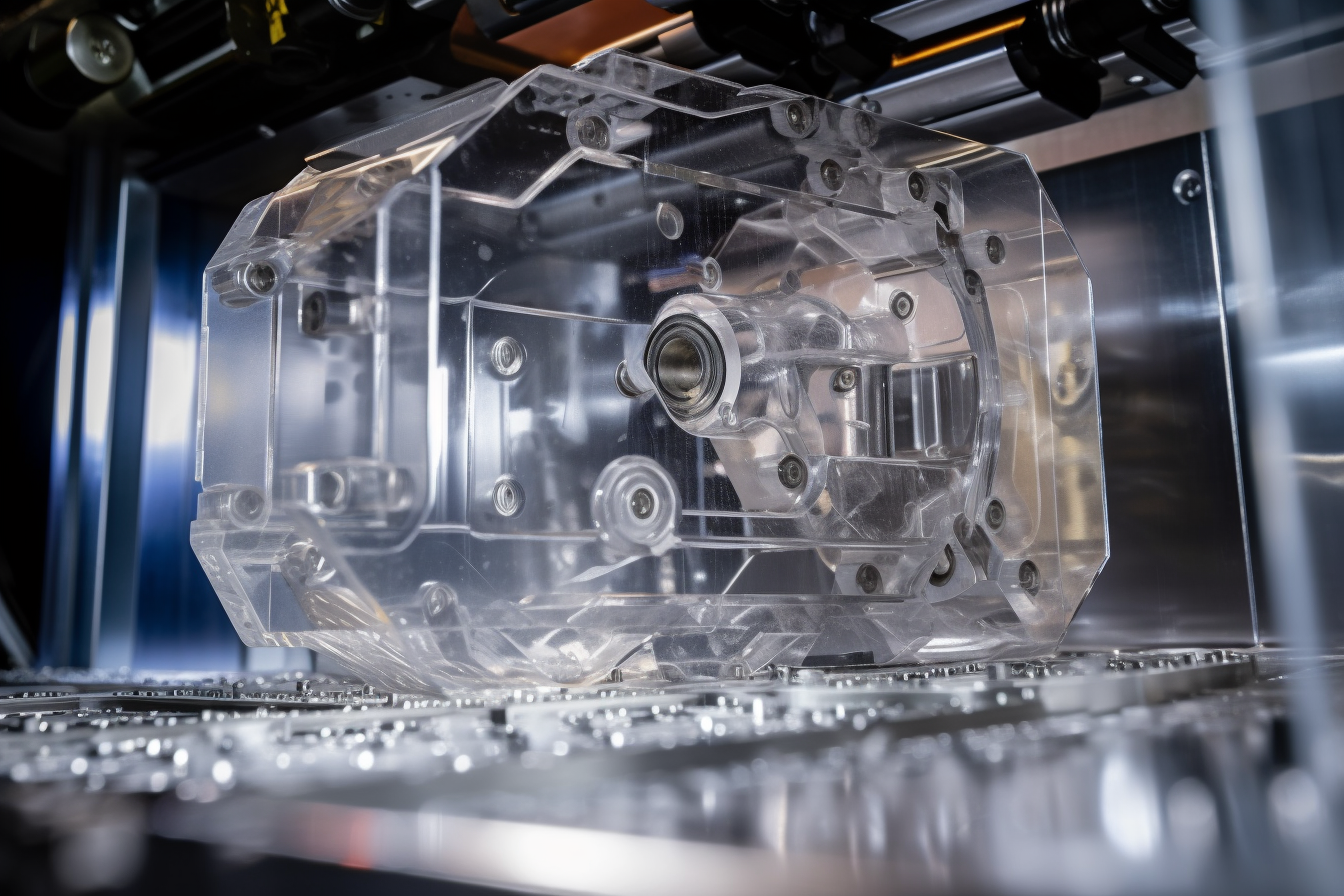
So, what’s behind this cloudiness in PMMA parts? PMMA is highly sensitive to temperature and moisture. If the resin absorbs moisture before molding, it can create bubbles or imperfections in the final part, ruining that transparent look we all want. Similarly, if the processing temperatures are too high or too low, the polymer chains can break down, causing discoloration.
To combat this, I’ve learned to carefully monitor both the temperature and humidity levels in my workspace. It’s a bit like keeping an eye on the weather—pay attention, and you’ll avoid those cloudy days!
How can processing temperatures be controlled?
Getting the temperature just right is essential—think of it as Goldilocks and the Three Bears for injection molding!
Controlling processing temperatures is crucial to achieving clear PMMA parts, as overheating can lead to degradation while underheating can cause incomplete filling. Finding that sweet spot can be the key to clarity.
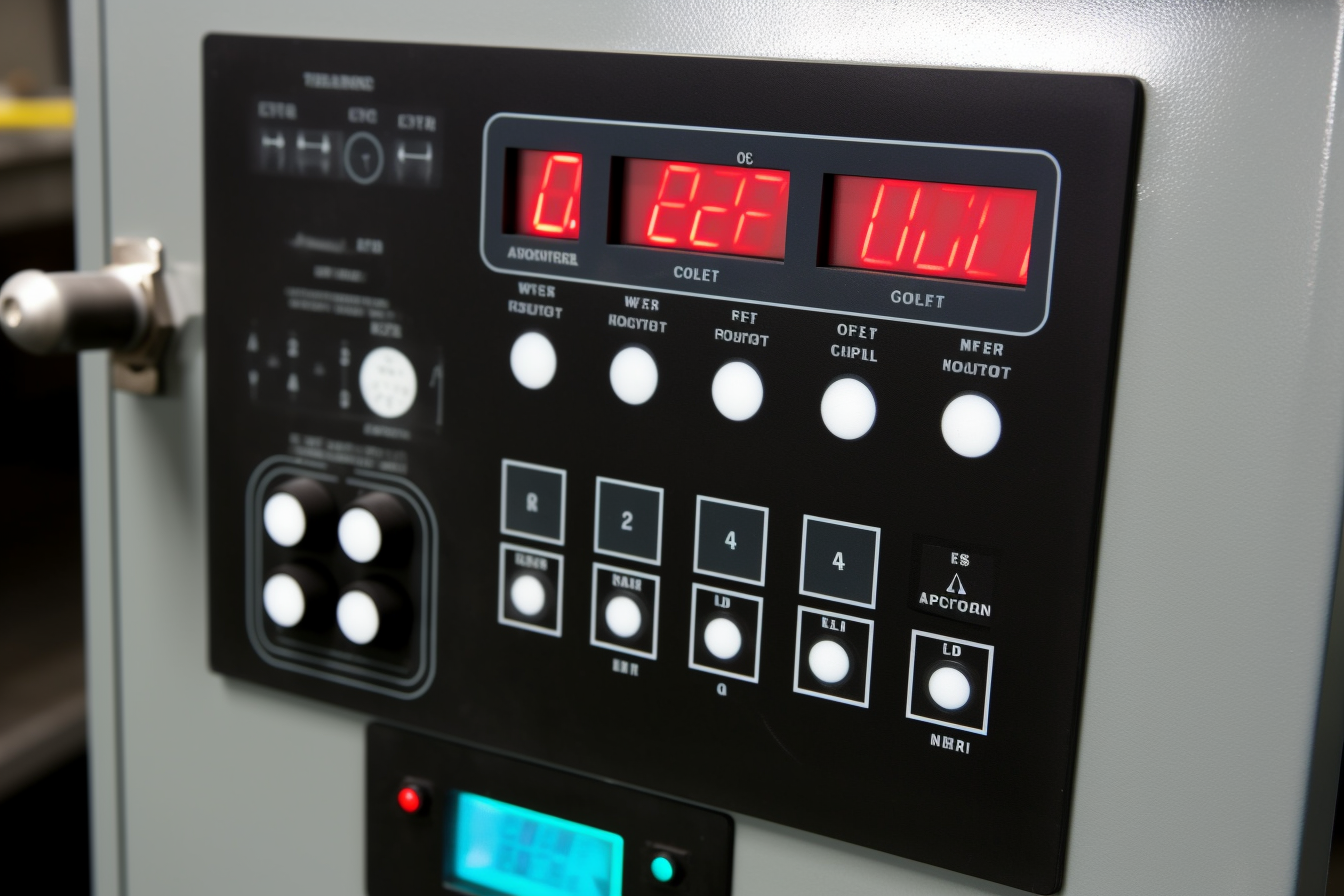
When I set up my injection molding machine, I always double-check the melt temperature and mold temperature. The ideal melt temperature for PMMA typically ranges between 190°C to 220°C (374°F to 428°F). If the melt temperature is too high, it can degrade the PMMA and lead to discoloration. On the flip side, if it’s too low, you risk having issues with the material not filling the mold properly.
Another trick I’ve found is to preheat the mold slightly. This can help the PMMA flow better and fill the cavity more uniformly, reducing the chances of defects. It’s all about keeping things balanced!
Why is moisture control important?
I can’t stress enough how crucial moisture control is in keeping PMMA parts clear. It’s like making sure your sponge cake doesn’t turn into a soggy mess!
Moisture control is vital because PMMA is hygroscopic, meaning it absorbs water from the environment, which can lead to bubbles or cloudiness in the final product. Proper drying techniques can help avoid these issues.
Before molding, I always dry my PMMA pellets. This usually involves using a desiccant dryer or a hot air dryer at about 80°C (176°F) for a few hours. Keeping the resin dry prevents that pesky moisture from ruining the clarity of my parts. I’ve learned the hard way that neglecting this step can lead to defects that are hard to fix later on!
What role do high-quality materials play?
You wouldn’t want to bake with subpar ingredients, and the same goes for injection molding!
Using high-quality PMMA materials is essential for achieving clarity, as lower-quality resins may contain impurities that cause cloudiness or defects. Choosing reputable suppliers ensures that you’re getting the best possible material for your application.
I’ve experimented with various suppliers, and I’ve found that sticking to well-known brands makes a noticeable difference. They often provide materials with better consistency and fewer impurities, which helps maintain that crystal-clear finish.
Additionally, some manufacturers offer specialty grades that are specifically designed for clarity and have additives that enhance performance. It’s worth doing a little research to find the right fit for your needs!
Conclusion
By controlling processing temperatures, managing moisture levels, and using high-quality materials, you can keep PMMA parts clear and achieve stunning results in injection molding. With these strategies, you’ll have those parts shining bright!


